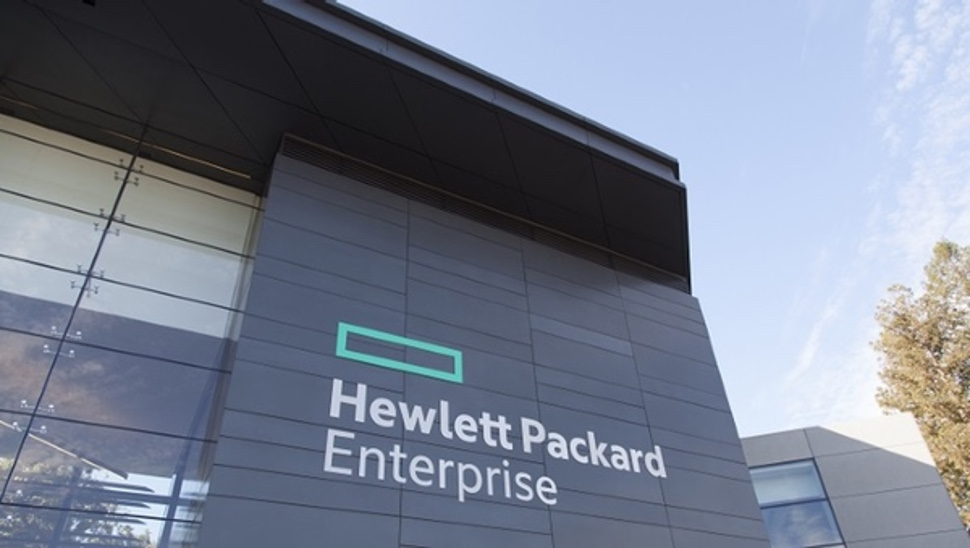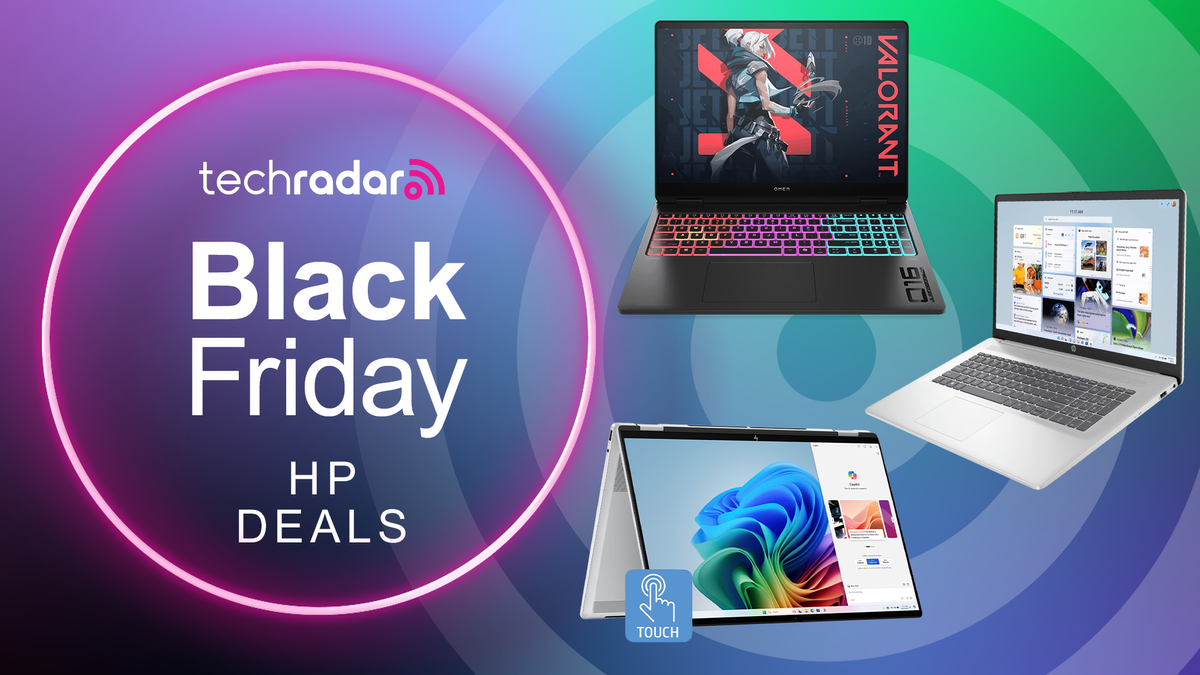When Hewlett Packard split in November 2015, it didn’t mark the end of an era, it heralded the beginning of two industry heavyweights.
The pioneering Silicon Valley firm was founded in 1939, but in a rapidly evolving tech landscape, the decision to split into two distinct entities made sense.
In a 2017 interview with BBC News, former chief executive Meg Whitman explained the company had essentially grown too big for its boots. It wasn’t agile enough to contend with a rapidly changing market.
This wasn’t just an attempt to shake things up, however. In the years preceding the split, there had been challenges.
HPE goes it alone
HPE has firmly established itself as a key player in the cloud computing, infrastructure, and now networking domains.
The company’s key product lines, such as ProLiant servers, Aruba networking services, and GreenLake cloud options, are highly popular. With the advent of generative AI, the company has pivoted hard toward AI infrastructure support.
In its most recent quarterly earnings report, the company recorded “record-breaking revenue,” according to current CEO Antonio Neri.
Notably, the company’s acquisition of Juniper Networks has also positioned it as a key player in the networking space, priming it for a pending battle with Cisco, Dell, and Broadcom in this domain.
What’s going on with HP?
HP still ranks among one of the biggest PC manufacturers globally, based on sales volumes. Analysis from IDC earlier this year ranked the company second in this regard, boasting a 1.9% market share.
Notably, the company has held this position for a number of years now, trailing Lenovo which holds a 24.% share.
With the arrival of AI PCs, the manufacturer has pivoted hard to accelerate development on this front alongside competitors in the space.










 English (US) ·
English (US) ·